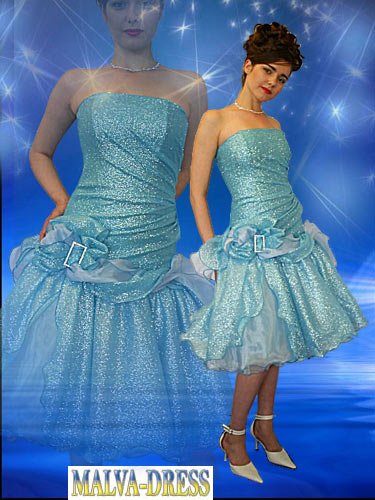Prom Dresses

































In the United States and Canada, a prom, short for promenade, is a formal (black tie) dance, or gathering of high school students. It is typically held near the end of junior and/or senior year. It figures greatly in popular culture and is a major event among high school students. High school juniors attending the prom may call it Junior Prom while high school seniors may call it Senior Prom. In practice this may be a combined junior/senior dance.
At prom, a Prom Queen and Prom King may be revealed. Other students may be honored with inclusion in a "Prom Court". Prom Queen and Prom King are honorary titles awarded to students chosen in a school-wide vote prior to the prom.[1] Inclusion in a Prom Court is a reflection of popularity of those chosen and their level of participation in school activities including sports. This honor is usually given to seniors. In addition to Prom Queen and Prom King, juniors may also be honored, but would be called "Prom Prince" or "Prom Princess".
The British synonym for the North American event would be Leavers' Ball, Leavers' Dinner, Formal or, informally, Leavers' Do. This is closer to the Australian description, although in the UK, some schools have called the above events proms. In Canada, Ireland, and Australia the terms Grad or Formal are most commonly used and the event is usually held for those graduating high school or middle school. In Ireland, the event is also known as the Debs, which is derived from Debutante.

No comments:
Post a Comment